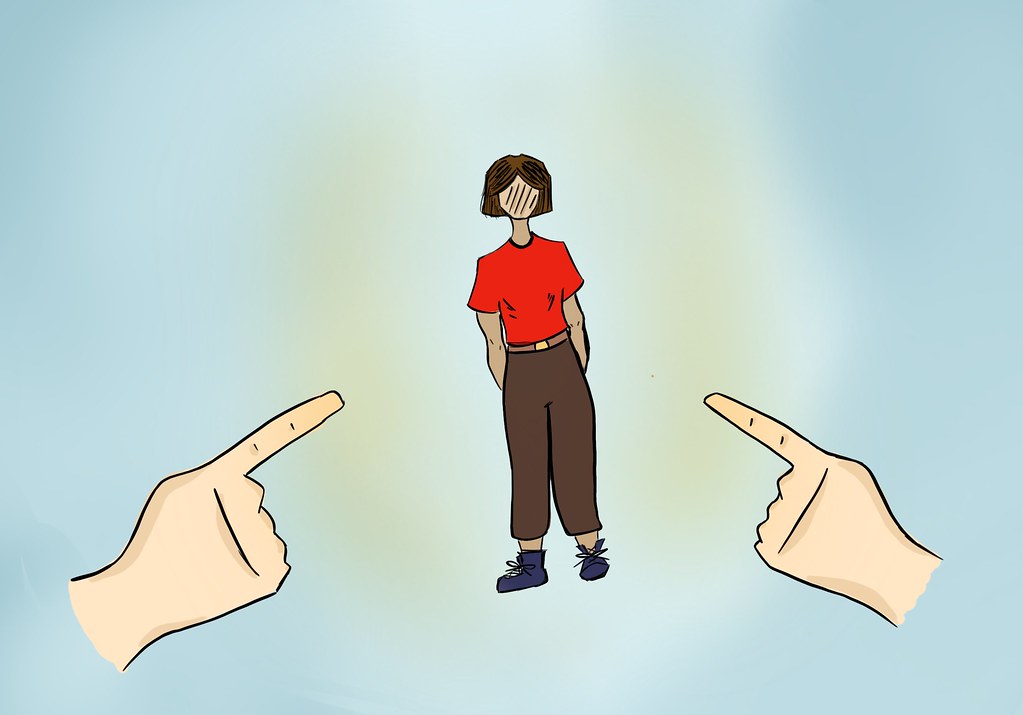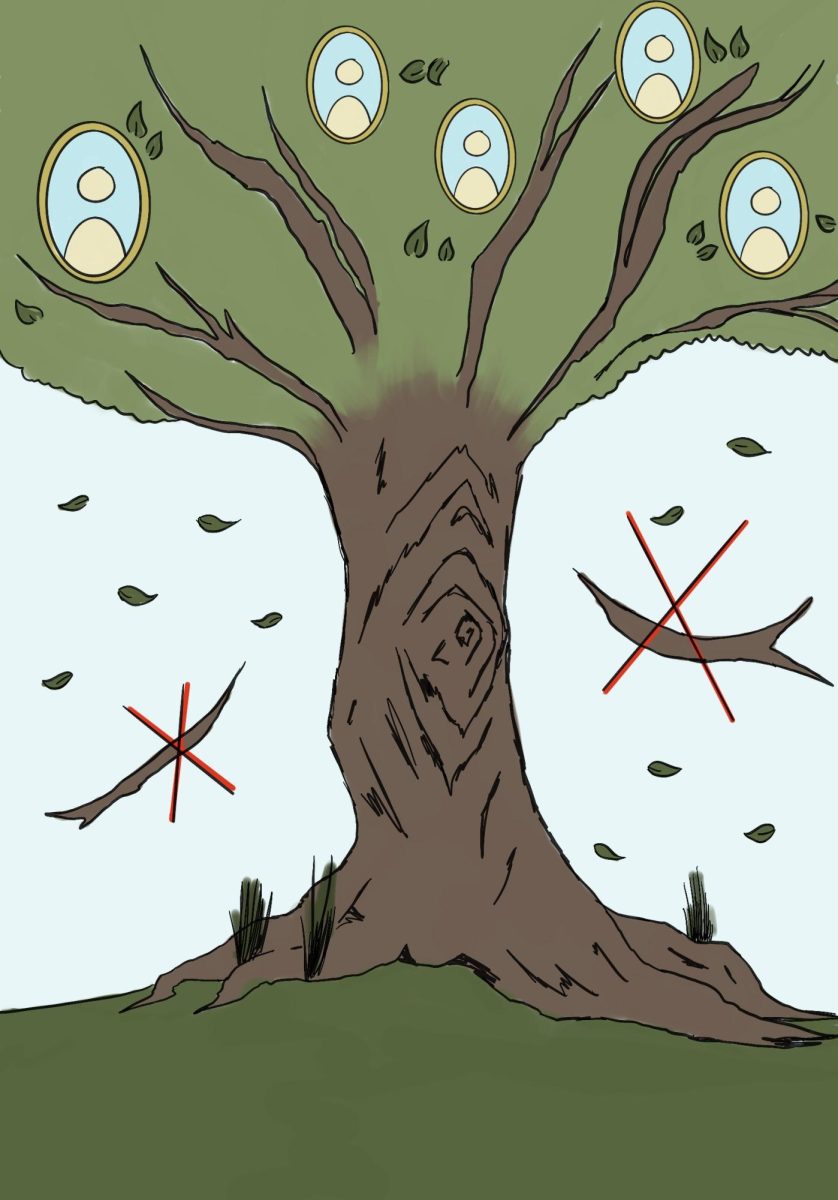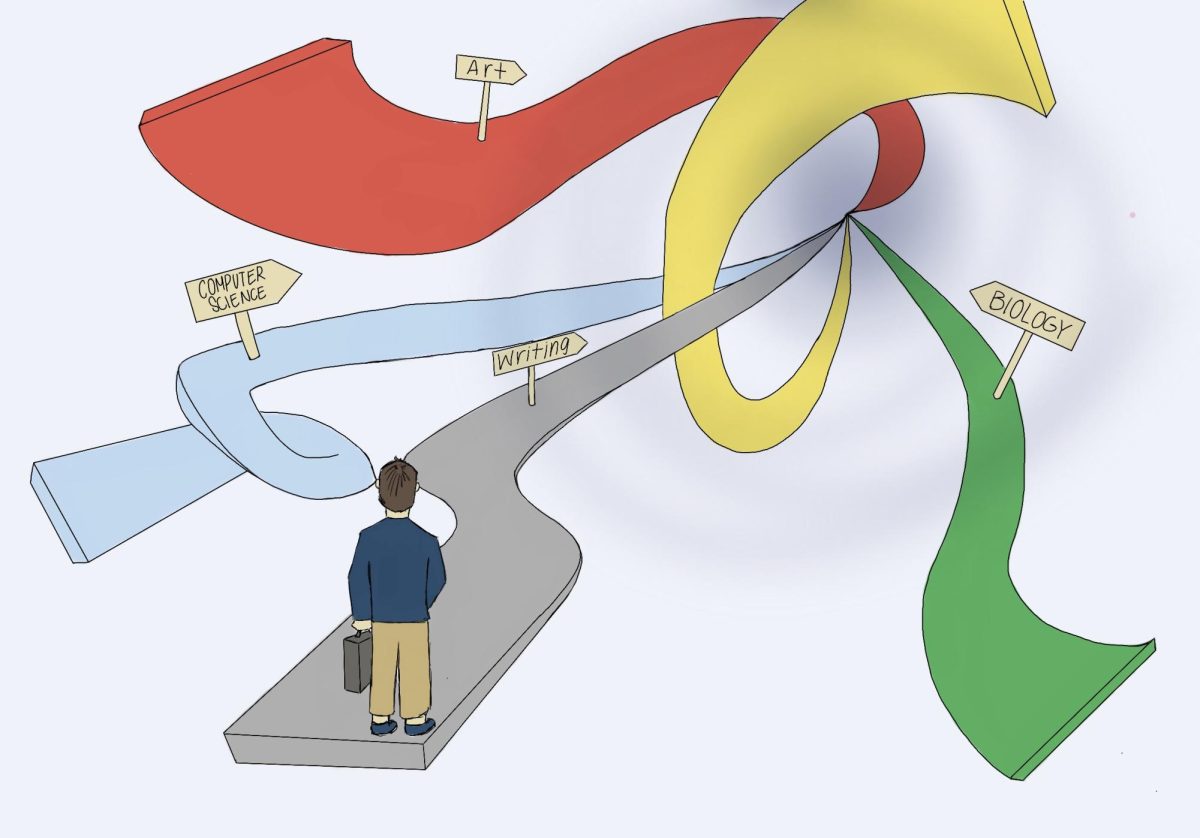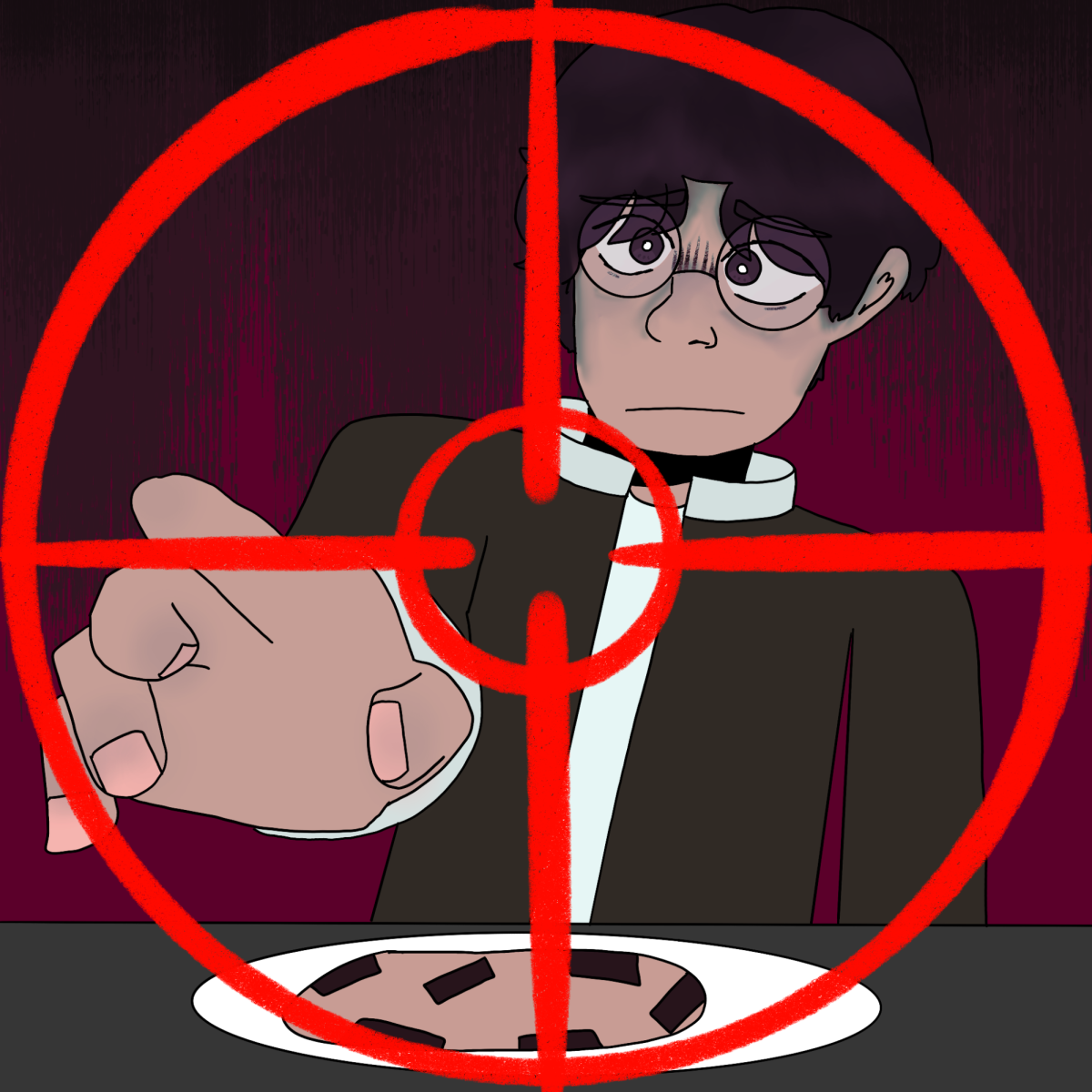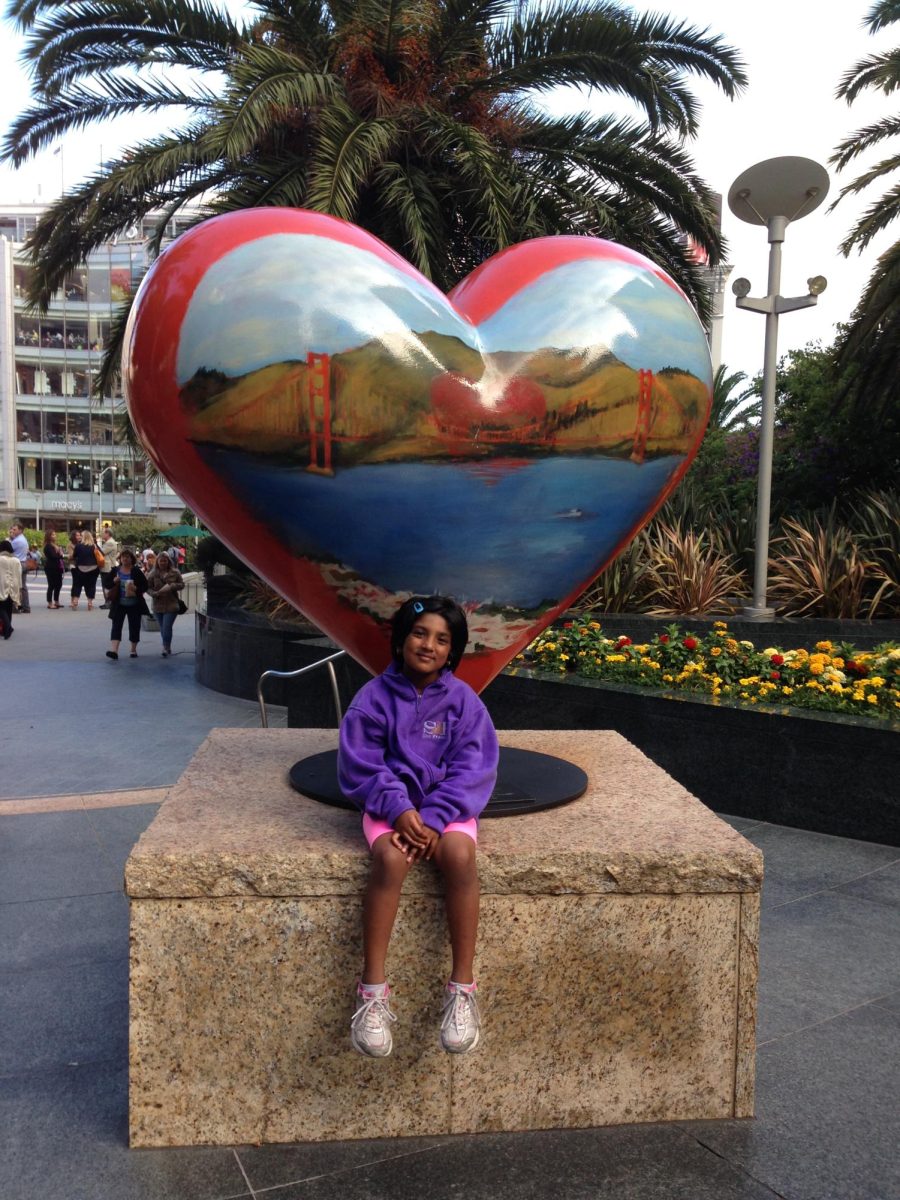What did you wear to school today? What went on in your mind before choosing to wear it? Chances are, you thought about what other people might think. We all do.
In a world with numerous ways to express individuality, creativity, and originality, you would expect that diverse schools such as DVHS would have such characteristics. Ironically, though, it doesn’t.
Our unique sense of style erodes once we enter high school, as we are constantly being critiqued and ostracized when we do something different. If you don’t wear wide-leg sweatpants and $100 Uggs to school every day, you’re suddenly the odd one out. Wearing dresses to school? Practically unheard of. Carrying a water bottle that isn’t a Stanley, Hydroflask, Owala, or some other $50-plus water bottle is just embarrassing at this point. What’s the point of having a non-uniform policy when we all just wear the same shoes, buy the same tops, carry the same water bottles every single day? I get it, we’re just trying to fit in. But at what cost?
DV, as a community, heavily contributes to cringe culture. Cringe culture is when groups mock individuals that they see as embarrassing, weird, or not following the status quo. According to Psychology Today, “Sharing cringe may make us feel like we know the social rules to which the cringy person seems oblivious.” I admit, I’ve realized that I’m a part of cringe culture at DV myself. With my Converse high-tops, blue jeans and an oversized hoodie, I have quietly judged those who choose to wear brighter colors or dress in an eccentric style compared to the blur of dull colors that is the majority of students here. I immediately avert my eyes from any outfits at the mall that seem too “bright,” too “obvious,” too “unusual,” despite initially liking them.
The answer to this problem seems obvious: Just be yourself, and don’t care about what other people may think of you. However, this seemingly simple but cliche solution is what causes cringe culture to still persist, as it rejects the seriousness of the issue and how it is increasingly consuming DV culture. Ignoring the fact that cringe culture exists is no better than actively participating in it. Another easy way to reject cringe culture is to say that most of the time, people aren’t even being that openly criticized, like in the exaggerated ways we see in movies or TV shows, which depict students quite literally pointing and laughing. Ironically, though, the subtleness of cringe culture we experience at DV is what is allowing it to continue. DV has prided itself as being diverse and accepting, and while it is progressive in that aspect in many ways, it is undeniable that we still continue to judge others based on their differences.
This culture, even quiet, constantly affects all of us more than we care to admit. How many times do we switch off our creative and innovative mindsets so we can pretend that we’re just like everyone else? We’re often caught in this endless cycle of trying to please others and fit in with the rest of the crowd, that we seem to forget ourselves and our individuality in the process.
Not all of us may openly contribute to cringe culture, yet it’s still something that fails to leave the DV mindset. It always finds a way to linger in the back of our minds, leading us to have skewed perceptions of what is considered “normal.”
As we walk in the halls, we observe the people around us. We think, “Oh wow, they’re really brave for wearing that,” when really, all they’re doing is just being themselves – which most students at DV wouldn’t get. Including me. Social media only exacerbates this issue, making it seem like everyone who doesn’t follow a certain trend is simply “cringe.”
How can we stop cringe culture? Well, we can’t. And it may be hard for us to completely forget about common trends and the status quo when we choose how to present ourselves. But we can start by beginning to appreciate our uniqueness and not be afraid when we are tempted to deviate from basic and popular trends. After all, these well-known trends were only created because one person decided to be different. Be that person.

